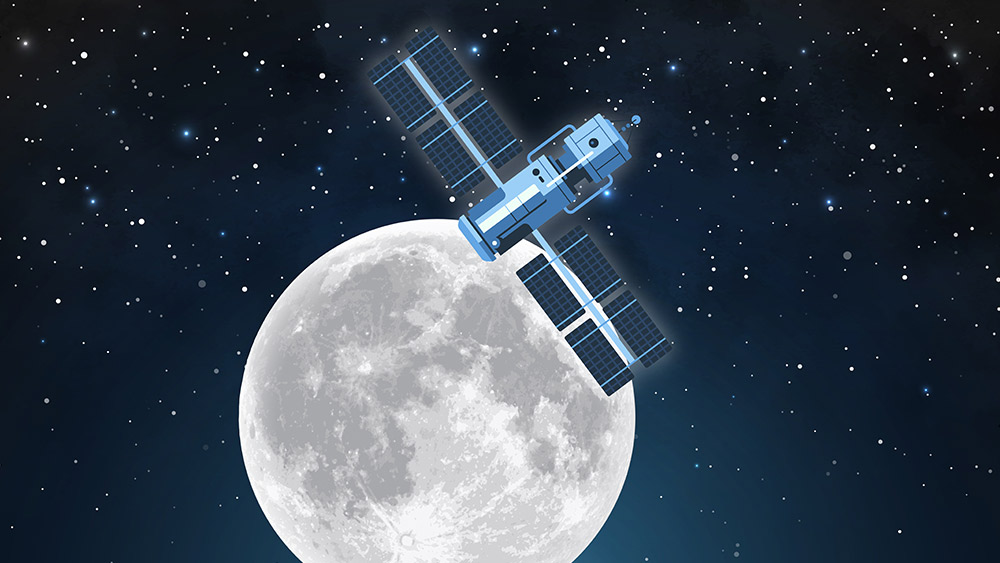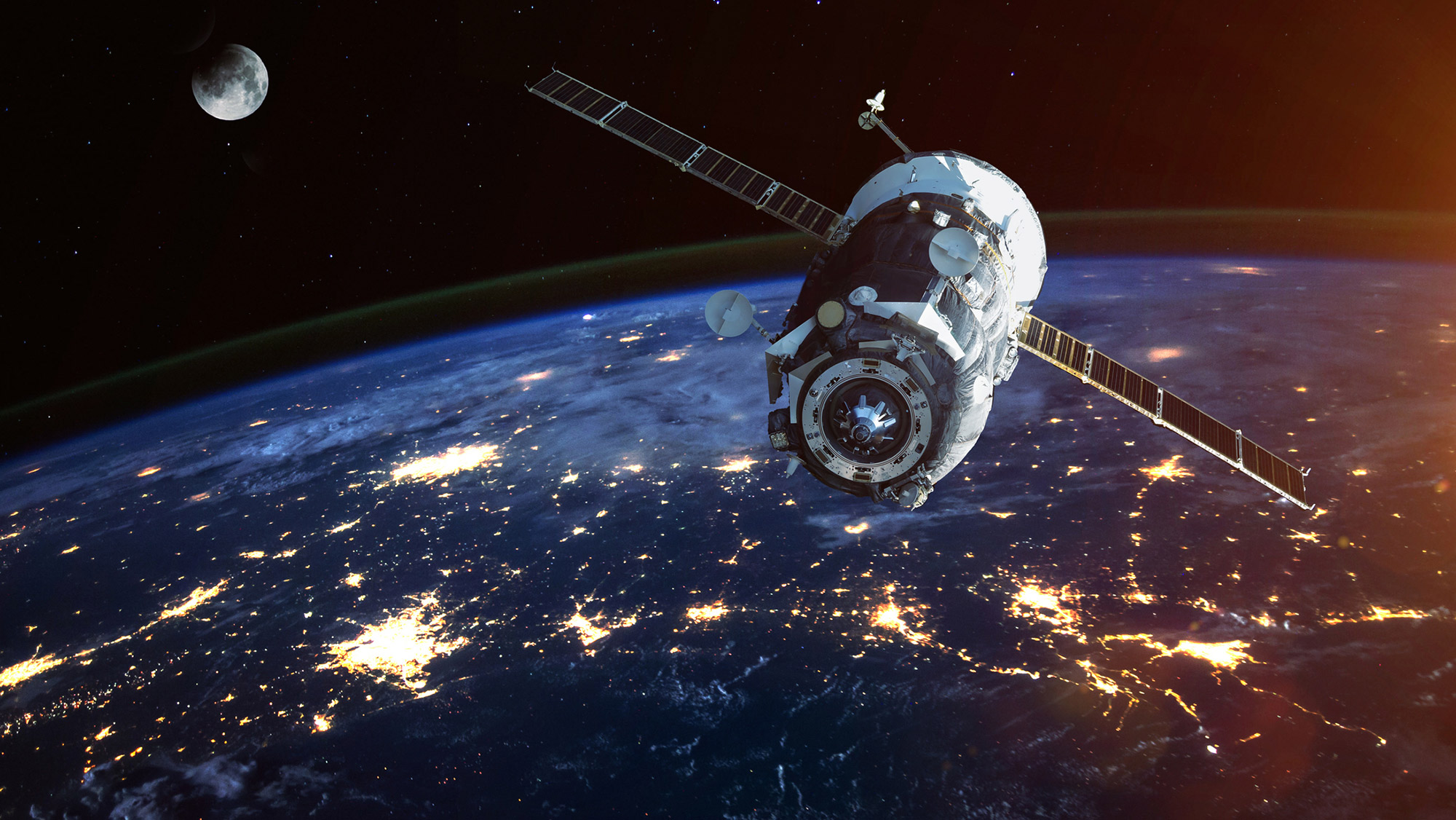About Space Engineering
Space engineering equips students with the expertise to pioneer innovative space exploration and habitation systems. Space engineers focus specifically on constructing structures and operations beyond Earth's atmosphere.
Researchers and students in the College of Engineering at Texas A&M University are dedicated to advancing space exploration and technology. Through interdisciplinary collaborations, their research positions Texas A&M at the forefront of space innovation and technological developments, from next-generation space robotics to virtual reality for long-duration missions to radiators that combat the moon’s extreme temperatures. Their collective efforts are shaping the future of space exploration.
Building for the Future
Texas A&M has been a space-grant university since 1989 and continues to lead space initiatives today. The university is embarking on a groundbreaking initiative to construct a state-of-the-art facility adjacent to the Johnson Space Center. This $200 million investment from the Texas Legislature aims to propel space exploration forward by providing cutting-edge simulation environments for lunar and Martian terrain.
Upcoming Educational Opportunities
Texas A&M has a strong foundation for new degrees in space engineering. Starting in Fall 2024, the college will offer the Human Systems Integration and Bioastronautics graduate certificate program to prepare engineering, human physiology and medical professionals to address the growing challenges of civil and commercial human spaceflight.
The college is working toward a new space engineering degree, which could be available as soon as Fall 2025. Through rigorous academic curricula and hands-on experiences, students will cultivate the skills necessary to shape the future of space travel, exploration and colonization.
Centers and Labs
- Advanced Vertical Flight Laboratory
- Aerospace Human Systems Laboratory
- Aerospace Laboratory for Lasers and Electromagnetics and Optics (ALLEMO)
- AeroSpace, Technology Research & Operations (ASTRO) Center
- AggieSat Lab
- Bioastronautics and Human Performance
- Hypervelocity Impact Laboratory
- Klebanoff-Saric Wind Tunnel
- Land, Air and Space Robotics Laboratory
- National Aerothermochemistry and Hypersonics Laboratory (NAL)
- Systems Engineering, Architecture and Knowledge (SEAK) Lab






